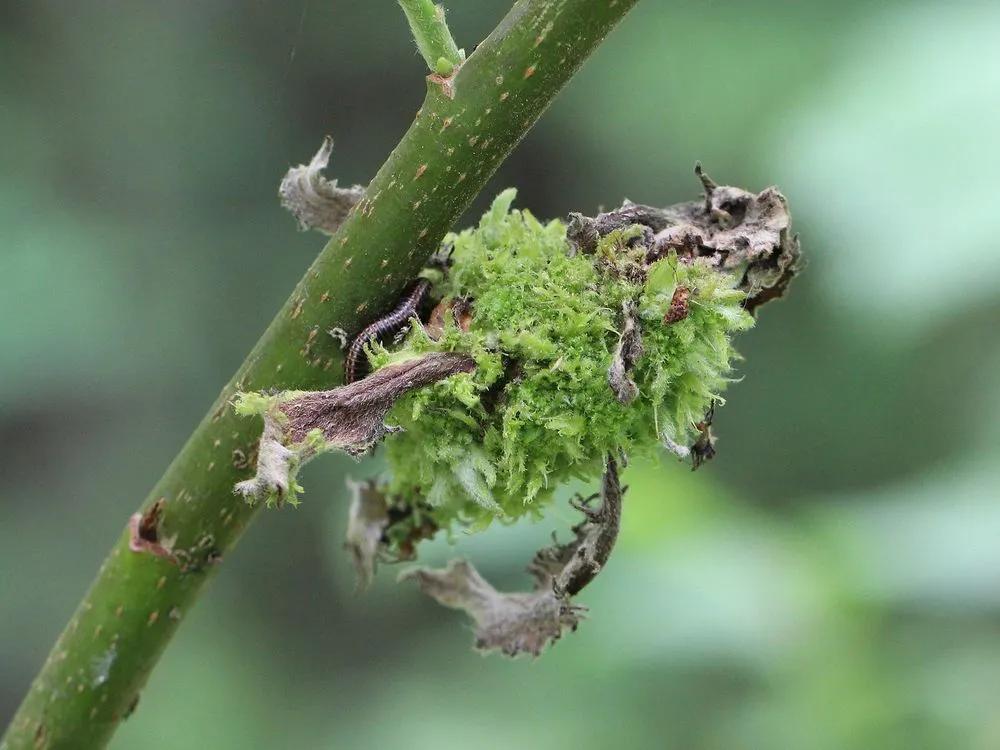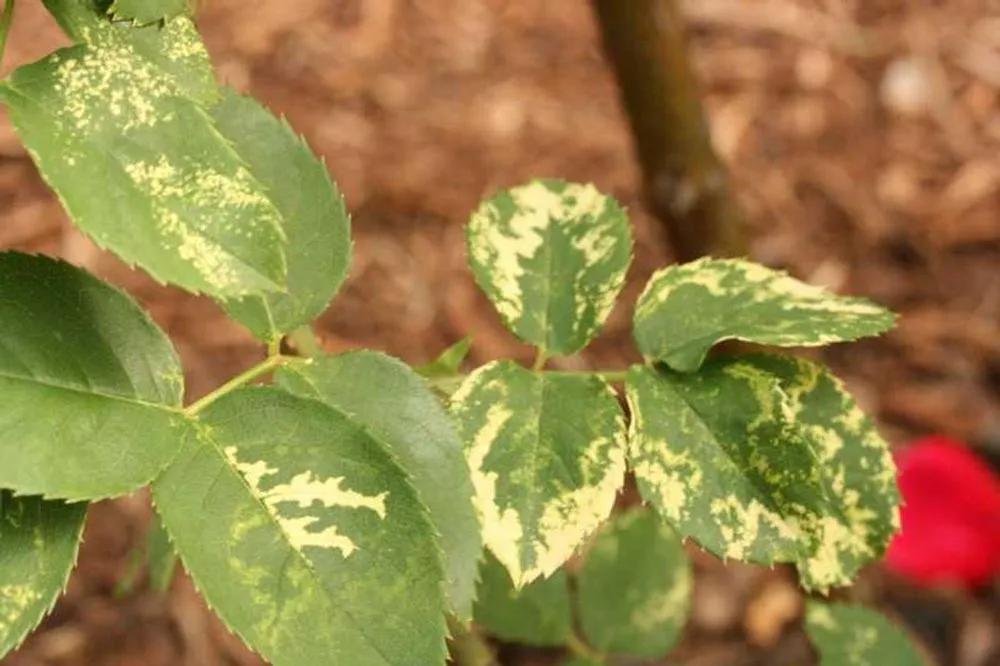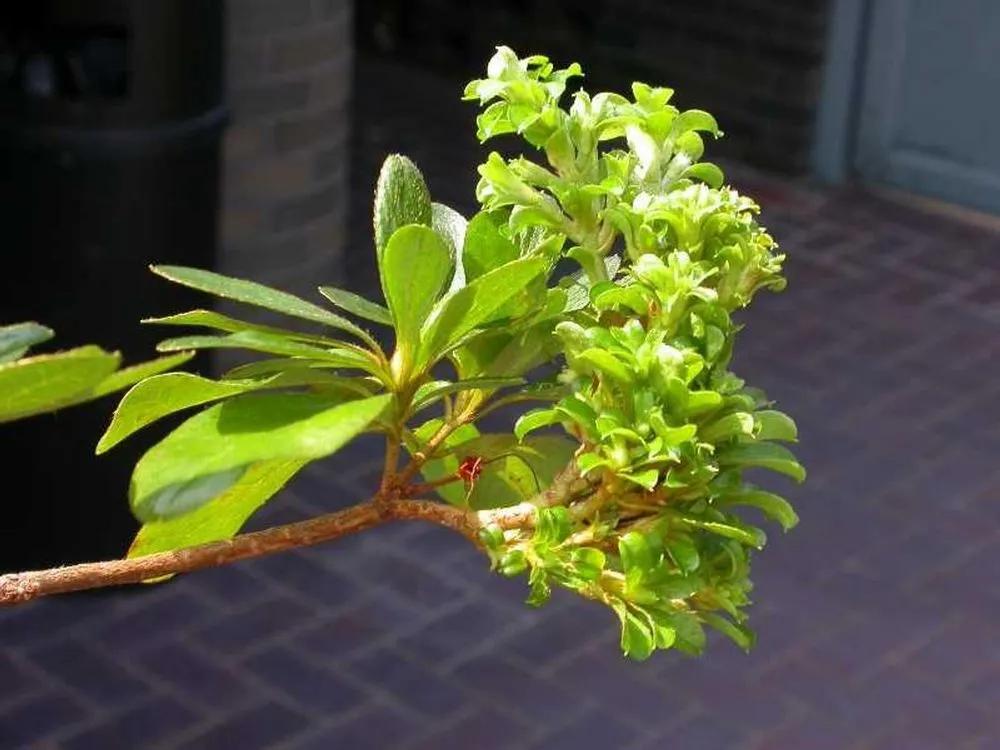Phytoplasmas are a class of bacteria spread by insects, including grasshoppers and leafhoppers. Discovered in 1967, this class of bacteria is detrimental to plants, especially global crops. Interestingly, it cannot be grown in the lab, making it hard to create fungicides against it. Most often found in subtropical and tropical regions, this disease has caused the loss of many endemic plants. It is a global concern, and many countries are working together to find a cure and preventive measures against Phytoplasmas.
Phytoplasma Disease in Plants



Signs of damage
- This disease can take many forms and can be a mild nuisance to death-causing for the plant host.
- Leaves may turn red or yellow.
- Witches' broom: a clustering of small shoots and is most often found on wood-dwelling plants.
- Flowers, or the stems that lead to the flowers, will turn green.
- Growth stunt and loss of color, resulting in poor or wilting plants.
- In severe cases, plants may die.
- It's important to note that while these are some of the more common symptoms found, Phytoplasmas cause many symptoms and are constantly evolving as a virus-type bacteria.
How to prevent
Unfortunately, there is no chemical fungicide that works against Phytoplasmas. The best way to prevent the spread of this disease is through proper sanitation, removing and controlling pests, and using healthy plant stock. Once you have found Phytoplasmas within your garden, they can be removed. But in fields with hundreds of acres of crops, this becomes a serious problem. Also, be sure never to cross-contaminate between plants and keep pests to a minimum if possible.
Heal
There is no cure for this plant disease. Once your plant has become infected, remove the plant and the surrounding soil. Ongoing trials in agriculture are attempting to create a solution for this invasive disease.
Go Premium to continue reading
Also you’ll get unlimited access to disease identification and all the other beneficial features
More problems
